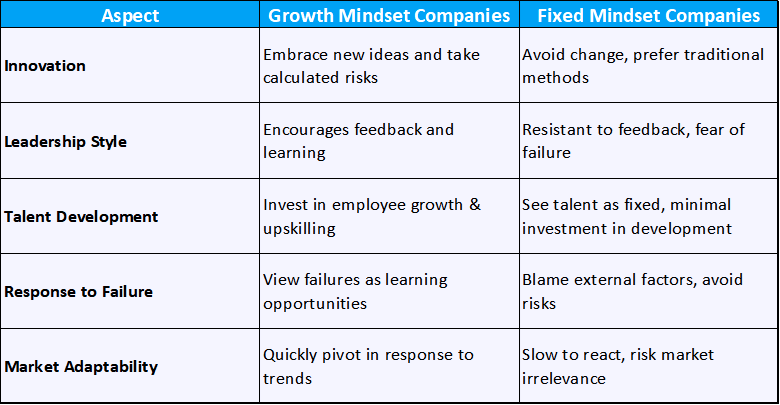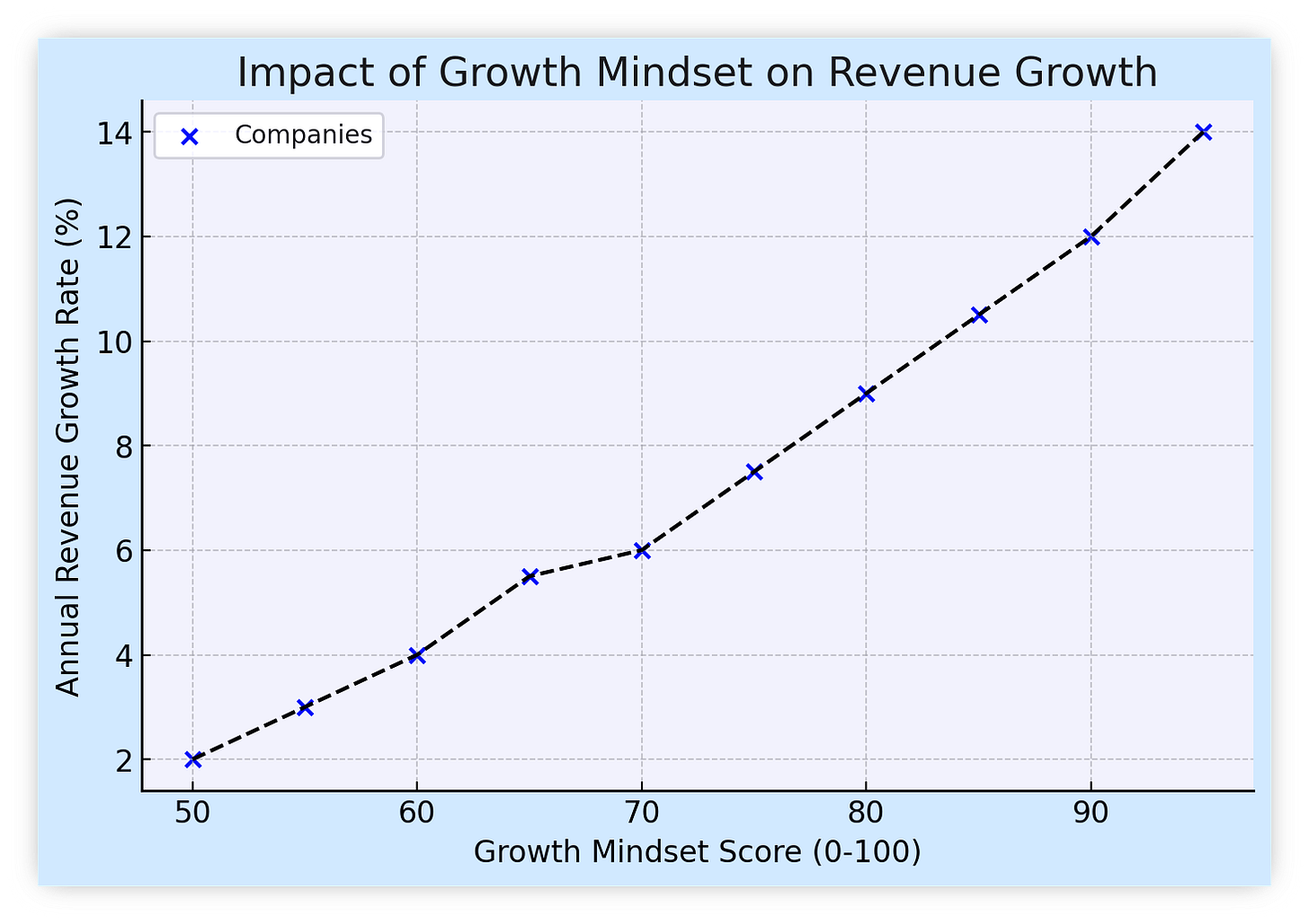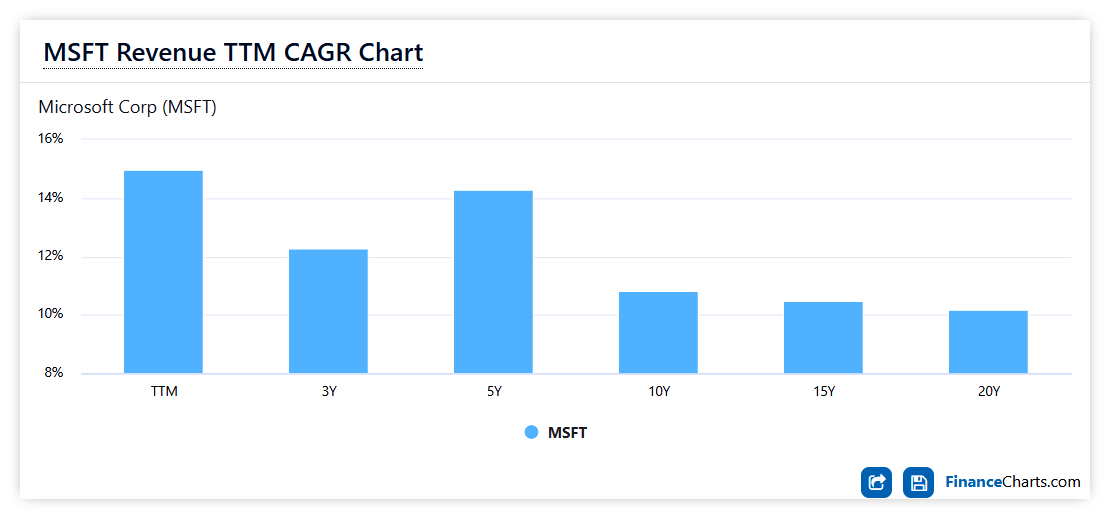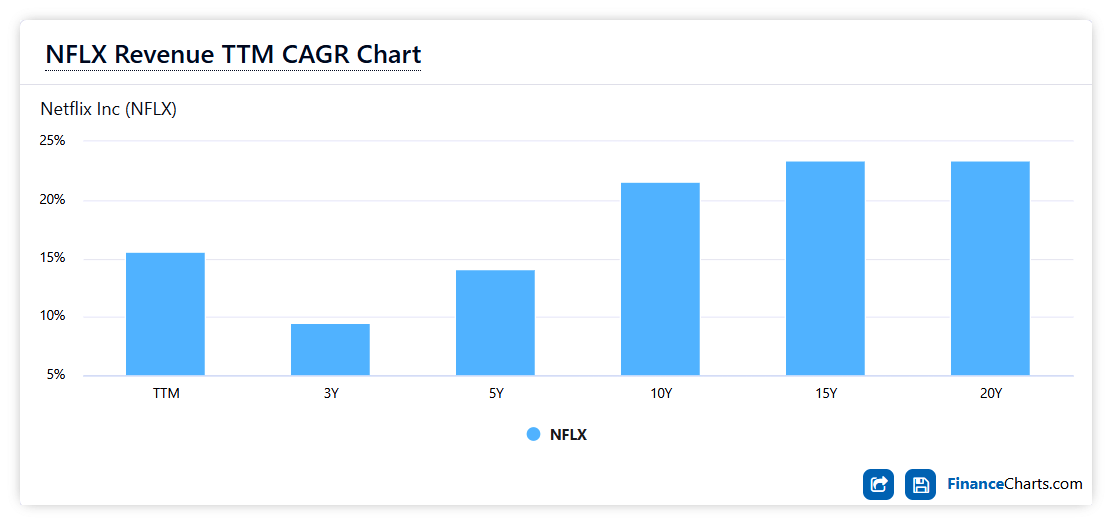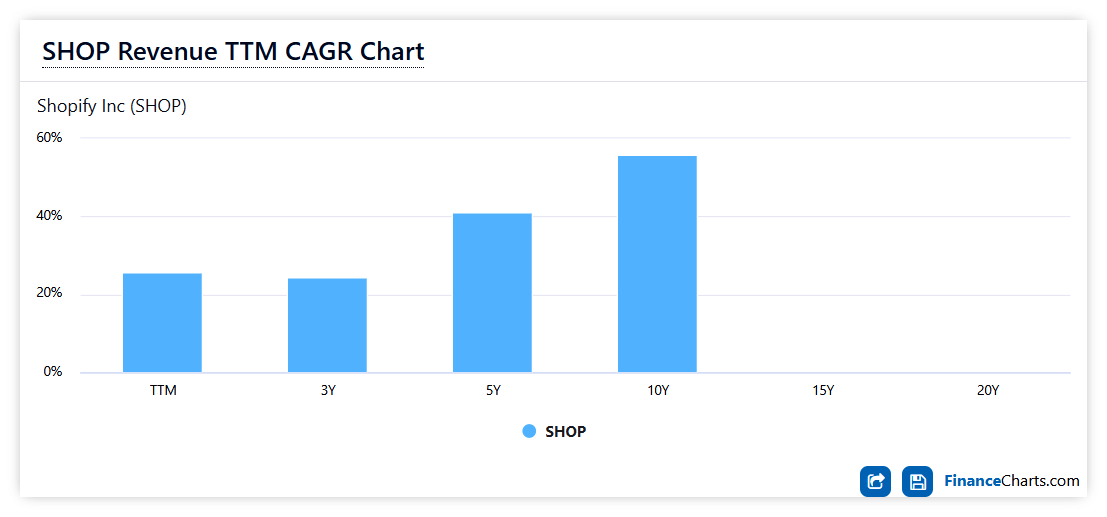The Growth Mindset: How the Best Companies Stay Ahead
(5 Min Read)
Welcome to the first issue of The Business Growth Blueprint! In this edition, I explore a critical factor that separates high-growth companies from stagnant ones: The Growth Mindset.
Many businesses hit a plateau—not because of external forces, but because of internal limitations in leadership, culture, and decision-making. Research shows that organizations embracing a growth mindset consistently outperform those that operate with a fixed mindset.
What is a Growth Mindset?
A growth mindset, as defined by psychologist Carol Dweck, is the belief that abilities, intelligence, and business success can be developed through dedication, learning, and resilience. In contrast, a fixed mindset assumes that success is static, leading to resistance to change and innovation.
Key Differences Between Growth & Fixed Mindset Organizations
The Business Case for a Growth Mindset
The correlation between a growth mindset and revenue growth is clear. Data from top-performing companies show that those who adopt this mindset grow faster and outperform competitors.
🔍 Recent Findings:
A study by Harvard Business Review found that companies promoting a growth mindset are 47% more likely to see revenue growth above industry averages.
Organizations that foster a learning-oriented culture experience 30% higher employee retention, reducing hiring costs and improving expertise over time.
📊 The Impact of Growth Mindset on Revenue
The chart below illustrates how companies with higher growth mindset scores achieve higher annual revenue growth rates.
A Growth Mindset Score is a way to measure how strongly an individual, team, or company embodies the principles of a growth mindset. It reflects attitudes toward learning, adaptability, resilience, and innovation. In a business context, this score helps assess how well a company fosters a culture of continuous improvement and openness to change.
How is a Growth Mindset Score Determined?
Companies are evaluated based on the following factors:
Leadership Approach – Encouraging feedback, promoting learning, and embracing challenges.
Innovation Willingness – Openness to experimenting with new ideas and pivoting when necessary.
Talent Development – Investment in employee training, upskilling, and personal growth.
Response to Failure – Seeing setbacks as learning opportunities rather than assigning blame.
Market Adaptability – Willingness to change based on industry trends and customer needs.
Scoring System
Scores typically range from 0 to 100, where:
0-40 = Fixed Mindset: Resistant to change, avoids risks, and fears failure.
41-70 = Mixed Mindset: Some openness to learning, but hesitant to take bold risks.
71-100 = Strong Growth Mindset: Actively embraces challenges, innovation, and continuous learning.
Impact of Growth Mindset on Performance
The below illustrates how individuals with a growth mindset show exponential improvement over time, while those with a fixed mindset experience slower progress.
Next are three case studies that highlight the impact of a growth mindset. However, before diving into those examples, I want to clarify a few common misconceptions about what a growth mindset is not.
First, having a growth mindset does not mean simply believing that effort alone guarantees success. While effort is crucial, true growth comes from learning, adapting, and applying new strategies—not just working harder.
Second, a growth mindset is not about ignoring weaknesses or setbacks. It’s about embracing challenges, seeking feedback, and using failures as learning opportunities rather than seeing them as signs of incompetence.
Third, adopting a growth mindset is not an instant transformation or a one-time decision. It requires continuous self-reflection, practice, and a willingness to challenge ingrained beliefs over time.
Finally, having a growth mindset does not mean chasing every opportunity or saying "yes" to everything in the name of growth. True growth requires focus, prioritization, and knowing when to say no to distractions that do not align with long-term goals. It’s about making intentional choices that lead to meaningful progress rather than spreading yourself too thin.
With these clarifications in mind, let’s explore how real-world examples demonstrate the power of a growth mindset in action.
Case Study 1: How Microsoft Transformed with a Growth Mindset
In 2014, Microsoft was at a crossroads. Once the undisputed leader of the tech world, the company was now falling behind. While competitors like Apple and Google were innovating at breakneck speed, Microsoft was stuck in its old ways—rigid, bureaucratic, and overly protective of its legacy products.
Employees worked in silos, competition between teams was cutthroat, and a "fixed mindset" culture had taken hold—one where failure was punished instead of embraced. The company clung to outdated business models, resisting the shift to cloud computing while rivals soared ahead.
Then came Satya Nadella. When he stepped into the CEO role, he saw the problem immediately: Microsoft didn’t need a new product—it needed a new way of thinking. He had to change the culture, inspire curiosity, and make learning a priority. The solution? A growth mindset.
The Shift: Embracing a Growth Mindset
When Nadella took over, he immediately introduced a cultural transformation built on curiosity, continuous learning, and collaboration. Key changes included:
✔️ Encouraging Learning Over Knowing – Nadella urged employees to move from a "know-it-all" mindset to a "learn-it-all" mindset. He promoted experimentation, risk-taking, and learning from failure.
✔️ Breaking Down Silos – Microsoft moved away from internal competition and instead focused on cross-team collaboration, allowing different departments to share ideas and innovate faster.
✔️ Pivoting to the Cloud – Instead of clinging to outdated software models, Microsoft invested heavily in cloud computing (Azure) and AI, adapting to market trends rather than resisting them.
The Results: A Massive Growth Surge
📈 Revenue Growth: Microsoft’s market value increased from $300 billion in 2014 to over $2.5 trillion by 2023.
📊 Innovation Boom: The company went from being seen as "old-school software" to leading cloud computing, AI, and enterprise solutions.
💡 Employee Satisfaction: Microsoft consistently ranks as one of the best companies to work for, thanks to its growth-driven culture.
Case Study 2: Netflix’s Growth Mindset & Industry Domination
Imagine it’s the early 2000s. You’ve just gotten home, and like millions of others, you swing by Blockbuster to rent a movie. The walls are lined with DVD cases, and if you’re lucky, the newest releases are still in stock. If not? You settle for a rerun.
That was the reality of movie rentals—until a small, mail-in DVD rental company called Netflix decided to challenge it.
Netflix founders Reed Hastings and Marc Randolph saw the writing on the wall: physical rentals were dying. While Blockbuster executives laughed at them—literally turning down a chance to buy Netflix for $50 million—Hastings and Randolph leaned into digital innovation.
Rather than fearing change, they embraced a growth mindset—pioneering streaming technology, investing in data-driven decision-making, and later reinventing themselves as a Hollywood powerhouse with original content.
It wasn’t just about adapting to change—Netflix created the change.
The Shift: Embracing a Growth Mindset
Rather than clinging to its DVD rental success, Netflix leaned into disruption by:
✔️ Pioneering Streaming Technology – Instead of resisting digital media, Netflix invested early in streaming technology and launched its first on-demand streaming service in 2007.
✔️ Using Data-Driven Decision Making – Netflix adopted data analytics and AI to predict viewer preferences and optimize content recommendations, boosting customer retention and engagement.
✔️ Original Content Strategy – When licensing fees skyrocketed, Netflix shifted from third-party content reliance to producing its own original series and films, starting with House of Cards in 2013.
The Results: Netflix’s Growth Mindset in Action
Netflix’s bold adoption of a growth mindset led to industry domination and unprecedented success. Here’s how their strategic decisions paid off:
📈 Explosive Growth – Netflix grew from a niche DVD rental company to a global streaming giant, amassing over 230 million subscribers worldwide as of 2023.
💰 Massive Revenue Surge – The company’s revenue skyrocketed from $1.3 billion in 2007 (when streaming launched) to over $31.6 billion in 2022.
🏆 Blockbuster’s Downfall – While Netflix soared, Blockbuster collapsed, filing for bankruptcy in 2010. Netflix’s early investment in streaming proved to be the industry’s future.
🎥 Content Powerhouse – By creating its own award-winning original content, Netflix reduced reliance on third-party studios and solidified its position in Hollywood. Shows like Stranger Things, The Crown, and Squid Game became global phenomena.
🔍 Data-Driven Personalization – Leveraging AI-driven recommendations, Netflix improved user retention and engagement, keeping viewers on the platform longer and reducing churn.
🚀 Industry Disruption – Netflix’s success forced major players like Disney, HBO, and Amazon to launch their own streaming platforms, fundamentally changing how people consume entertainment.
Case Study 3: Shopify – The Underdog That Disrupted E-Commerce
In 2004, a small snowboard company in Canada was struggling. The founders, Tobias Lütke and Scott Lake, wanted to sell gear online—but every e-commerce platform they tried was either too expensive, too complicated, or too restrictive.
Frustrated, Lütke—who was a software developer—built his own online store from scratch. The store worked so well that he realized the real business wasn’t selling snowboards—it was selling the software.
That realization led to the launch of Shopify in 2006, and a bold vision was born:
💡 What if small businesses could build their own online stores, just like Amazon—but with full control over branding, pricing, and customer relationships?
Shopify wasn’t just another e-commerce platform—it was a revolution in digital entrepreneurship.
Instead of competing with Amazon directly, Shopify took a growth mindset approach—empowering business owners, building an ecosystem of tools, and adapting to industry shifts like social commerce and AI-powered analytics.
From a small snowboard store to a global e-commerce leader, Shopify proved that you don’t need to be the biggest player—you just need to think differently.
The Shift: Embracing a Growth Mindset
Instead of competing directly with Amazon, Shopify:
✔️ Empowered Entrepreneurs – Allowed small businesses to control their own pricing, branding, and customer experience.
✔️ Expanded its Ecosystem – Built an entire commerce network, from Shopify Payments to logistics and AI-powered tools.
✔️ Embraced Market Trends – Introduced Shopify for TikTok, social commerce, and alternative payment solutions to stay ahead.
The Results: From Startup to E-Commerce Leader
📈 Explosive Growth: Shopify went from $205 million in revenue in 2015 to over $5.6 billion in 2022.
🛒 Merchant Success: Over 1.7 million businesses use Shopify in 175+ countries.
📊 Pandemic Adaptation: Shopify helped brick-and-mortar businesses go digital during COVID-19, accelerating e-commerce growth.
Final Thoughts: Why the Growth Mindset Wins
By examining the journeys of Microsoft, Netflix, and Shopify, one thing becomes undeniably clear:
💡 The most successful businesses are not necessarily the strongest or the biggest, but the most adaptable.
In today’s fast-changing world, innovation and resilience matter more than sheer size or initial market dominance. Companies that embrace a growth mindset—where learning, iteration, and adaptability are embedded in their culture—are the ones that consistently outpace their competitors. They don’t just react to change; they anticipate it, learn from it, and use it as a stepping stone for continuous improvement.
From Microsoft's cultural transformation under Satya Nadella to Netflix’s ability to reinvent itself time and again, and Shopify’s customer-first approach to scaling, these companies prove that a growth mindset isn’t just a philosophy—it’s a competitive advantage.
❓ Which company’s growth mindset story inspired you the most? Let me know your thoughts—I’d love to hear which example resonated with you.
🔜 Next Issue: Scaling Smart – The Data-Driven Approach to Business Growth
Next time, I’ll dive into how businesses can leverage data and strategic decision-making to scale efficiently—without falling into common growth traps. Stay tuned!



